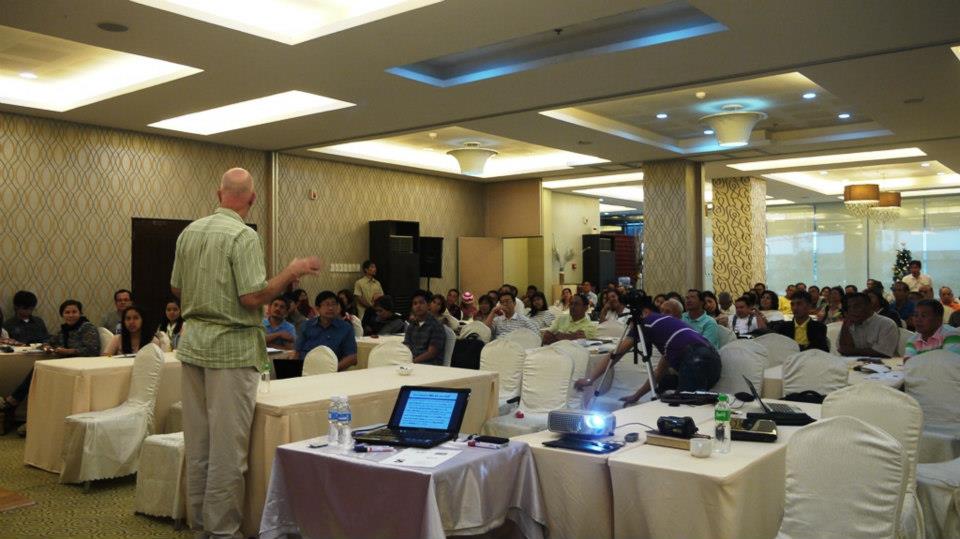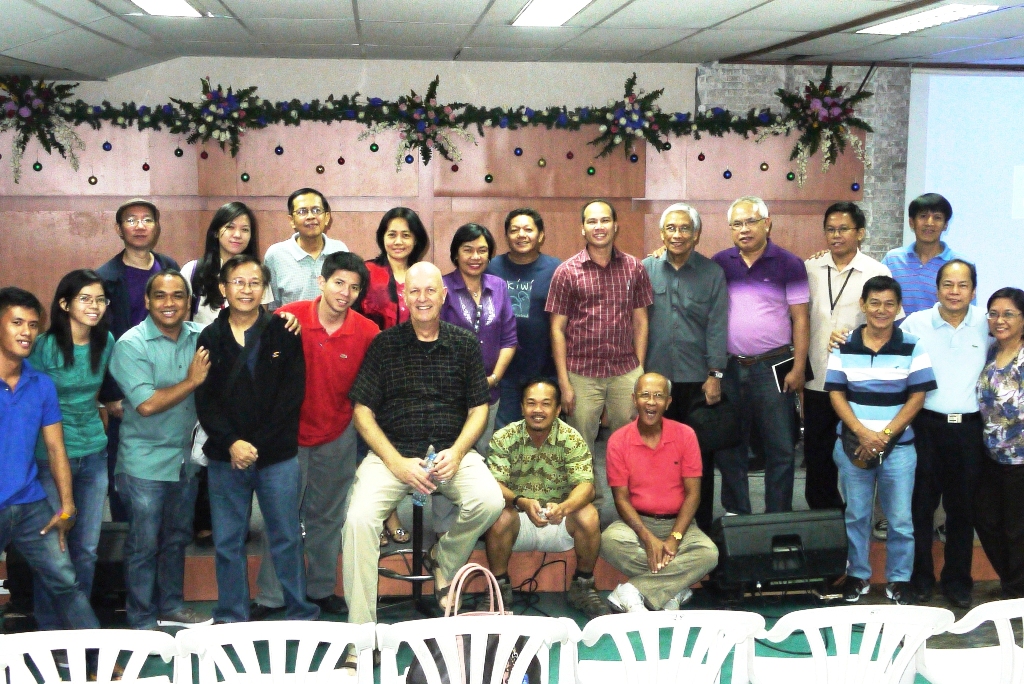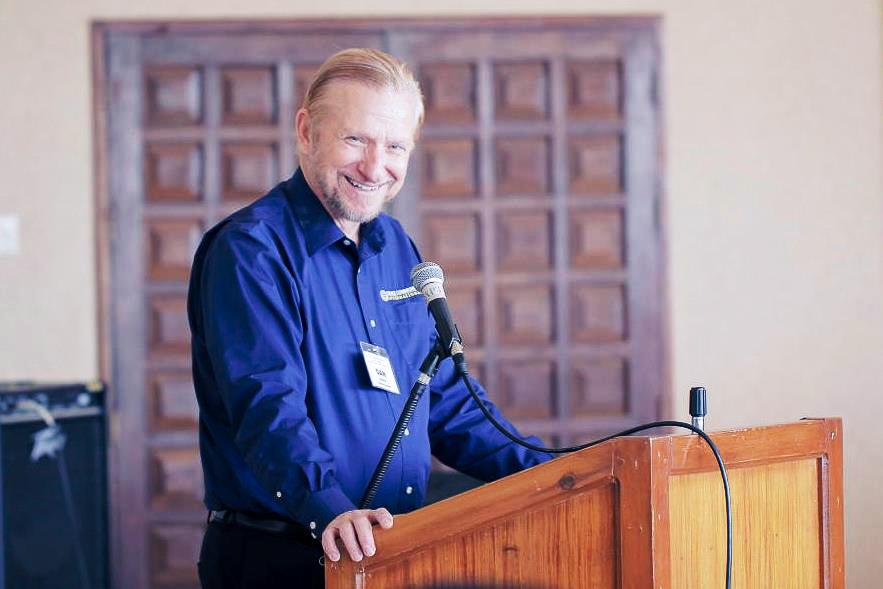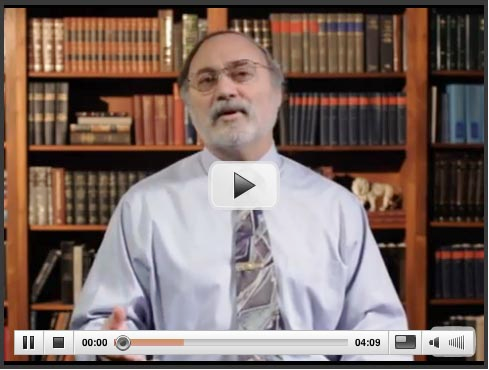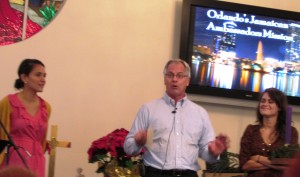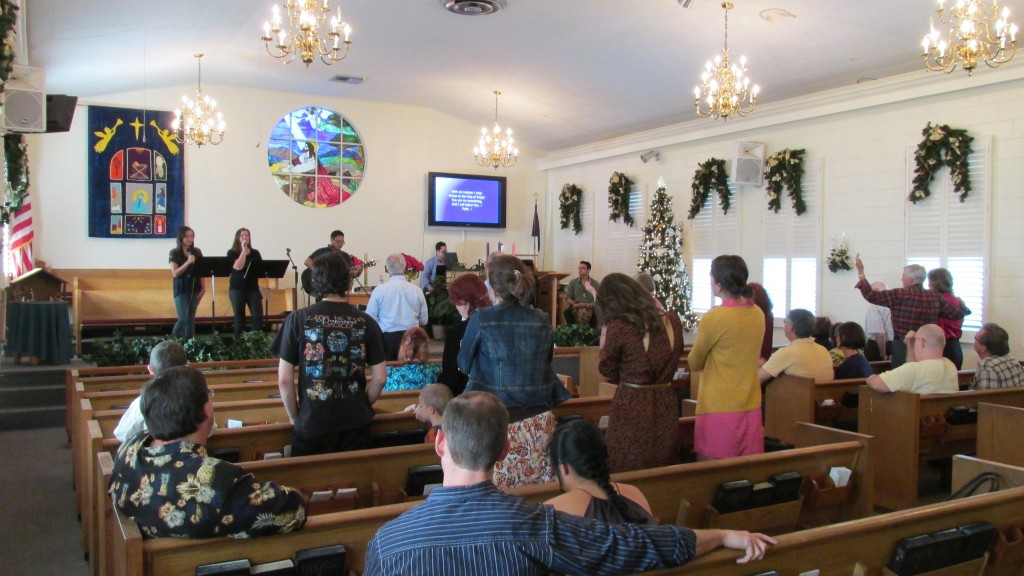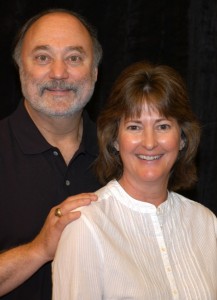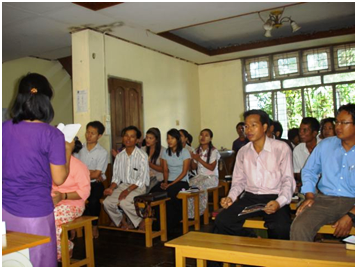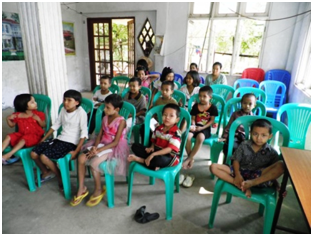
For Sonia Vengoechea, serving as a pastor for Grace Communion International is a dream come true. “When I was 9 years old I had a dream in which I saw what I have become by the grace of God.” Sonia grew up in Concordia, Colombia and then her family moved to Barranquilla. They often traveled between the two cities.
Sonia has always had a passion for teaching. “I always dreamed about becoming a teacher and starting my own school. When I was a little girl I used to pretend that I was a school teacher. After high school I studied pedagogy and worked as a teacher. Later I started my own school. Later I earned a master’s degree in educational supervision and human rights. When I got involved in WCG and started to get to know God, I started teaching about him.”
Sonia said her husband, Luis Vengoechea, is enjoying his retirement, “so he dedicates his time to support me in the congregation and always travels with me. My son Jorge Luis is also very supportive; he is married to Meidy who was part of the church worship band till she became a mother. My grandson, Jorge Andrés, is 4 years old and he already likes to play the drums; and my mother is a deaconess in the congregation.”
Sonia came in contact with WCG/GCI in 1988. “My sister Carmen was already in contact with the denomination and had given me copies of The Plain Truth. At the time I was recovering from surgery, so I had the time to read the magazine and booklets of the church. I was baptized in 1989.”
Soon after Sonia started attending, the church started meeting in her school. Sonia started serving and was soon ordained a deaconess. When asked about her journey to becoming a pastor, Sonia said, “I had constant communication with pastor Hector Barrero who invited some US pastors and friends to visit our congregation. Raymond Olson and his wife Denise gave us an offering to build the roof over the patio of the school so we could have our church meetings protected from the sun and the rain. Also Larry Hinkle, Charles Fleming and his wife Carmen visited us. In 2007, I was invited to attend the GCI international conference in the US, and at the end of that year in November I was ordained an elder and became pastor.”
Sonia enjoys being a pastor. Her passions include writing, teaching, comforting and guiding those in need. Pastoring enables her to fulfill that passion. “I enjoy caring and receiving the love of the brethren, the mutual service, the unity and their company.” She also loves that her congregation is connected to GCI. “I like that ours is an alive denomination that grows and changes whenever God shows the need to change. I also enjoy the church activities with the members.”
Sonia loves being included and she relates to those she serves. When asked what others should know about her, she replied: “I would like them to know that I have my own inner struggles; that I want to be humble, tender and loving with everybody; that God has performed a great miracle with my life because I used to be proud and arrogant.”
Sonia said her most memorable moments as pastor “are those when God speaks to me to touch my life and the life of the congregation, to guide us. The day of my ordination as an elder and appointment as a pastor was a highlight in my life. I felt honored by the people who were with me.”
Sonia shares a final thought: “I always feel that God is close to me—both with me and in me—guiding my life. I feel him very near when I give to the needy and when I prepare to teach.”



